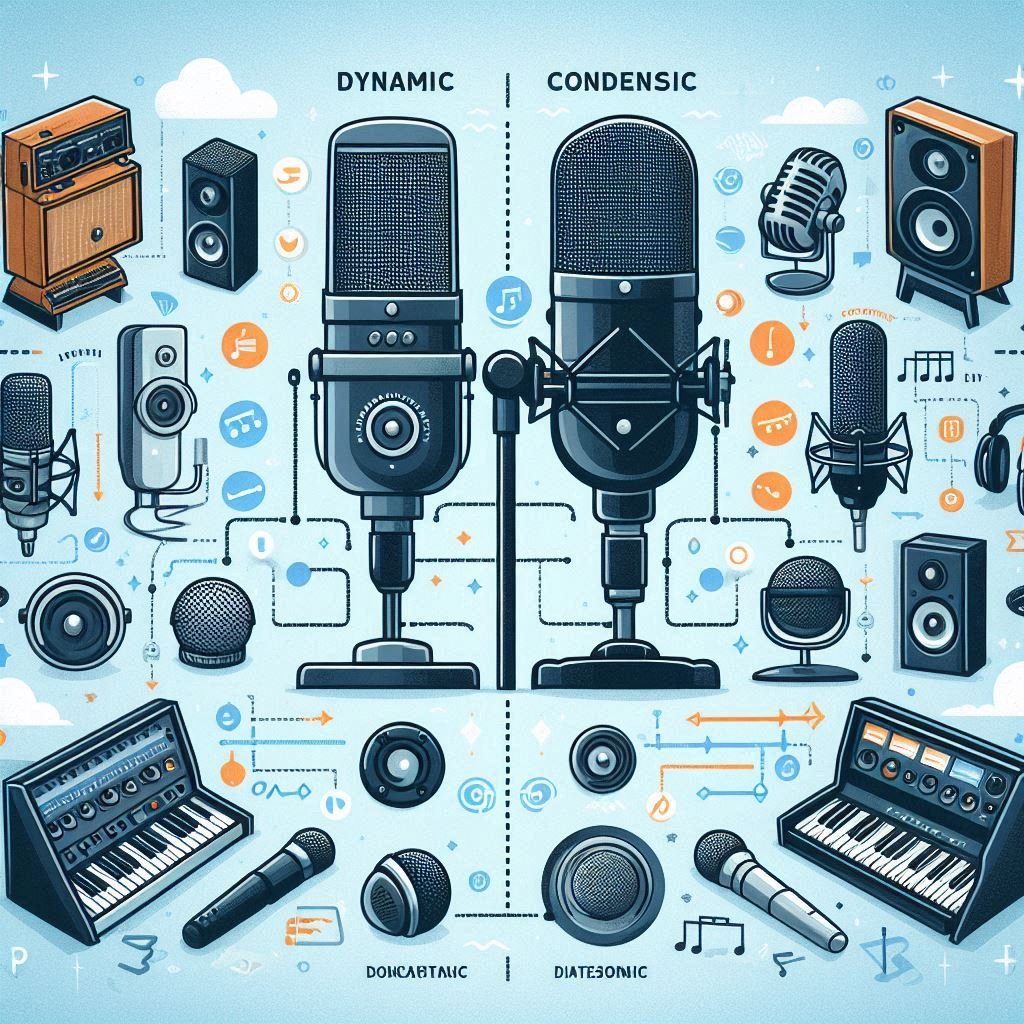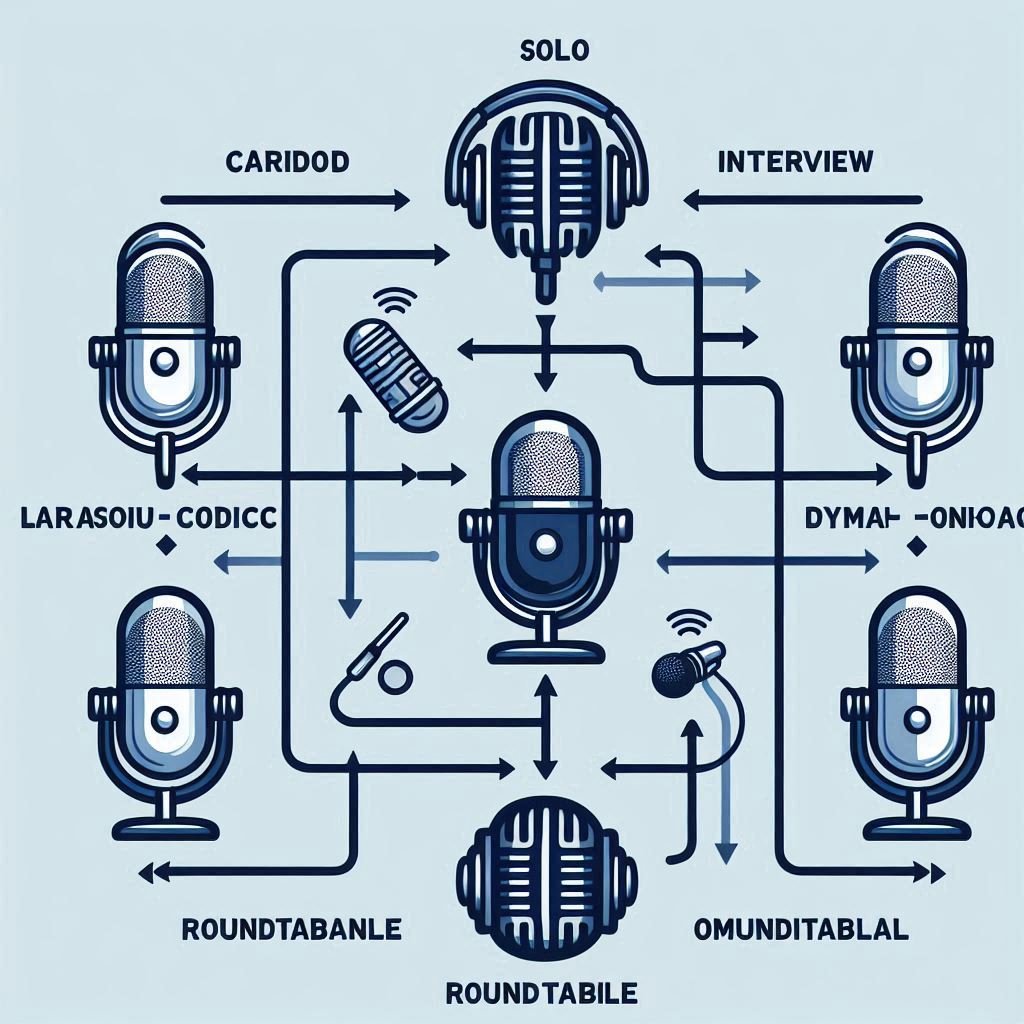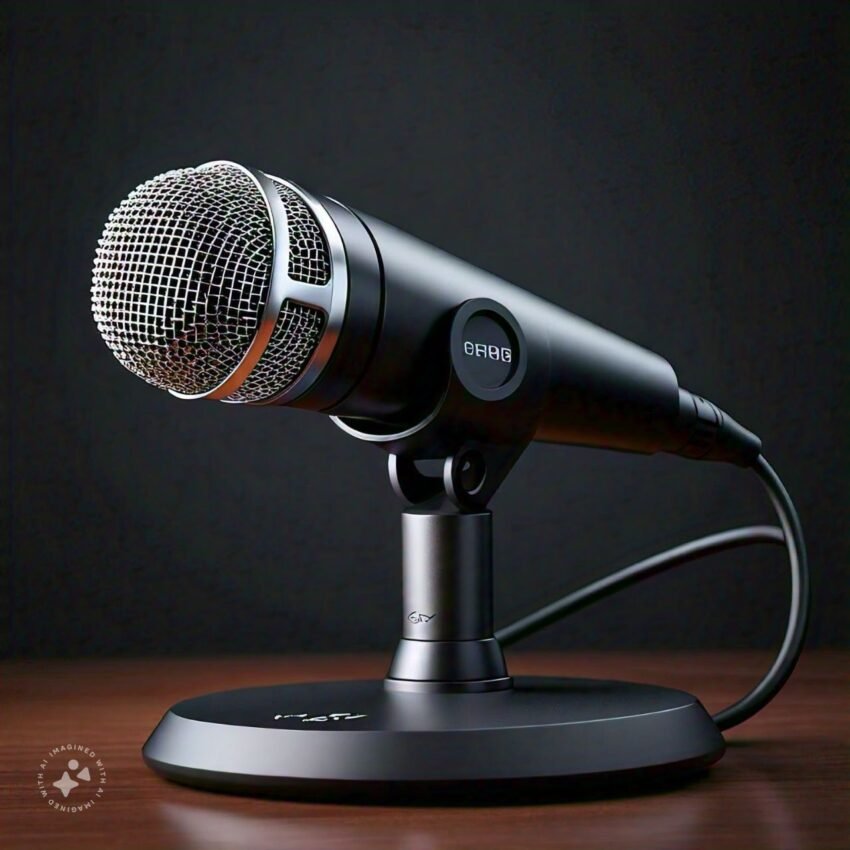If you are searching for Best Microphone for Podcasting then you are in right place
Starting a podcast? Whether you’re a complete beginner, an intermediate creator, or a professional, having the right microphone can make all the difference. The audio quality of a podcast plays a huge role in keeping listeners engaged, and as podcasting continues to grow in popularity, choosing a microphone tailored to your needs is essential. In this comprehensive guide, we’ll explore everything you need to know about selecting the best microphone for podcasting in 2024.
Understanding Microphone Basics
1. Dynamic vs. Condenser Microphones
The two main types of microphones you’ll encounter are dynamic and condenser microphones, each with its unique strengths.
- Dynamic Microphones: Known for their durability and ability to handle high sound pressure, dynamic mics are excellent for noisy environments and typically cost less. They tend to pick up a narrower range of frequencies, which can help minimize background noise. The Shure SM7B is a popular example among podcasters.
- Condenser Microphones: Condenser mics are more sensitive to sound and offer a broader frequency response, capturing more detail in the voice. This makes them ideal for controlled, quiet environments. However, they require a power source (often called “phantom power”) and can be pricier than dynamic mics. The Audio-Technica AT2020 is a widely appreciated condenser mic in the podcasting world.
| Strength | Weakness | |
| Dynamic microphone | Durability High SPL handling (loud sounds) Affordable | Limited frequency response Less sensitive |
| Condenser Microphone | Wide frequency response High sensitivity Versatile | Fragile Sensitivity to noise |
Comparison Chart Dynamic Microphone vs Condenser Microphone
| Feature | Dynamic microphone | Condenser Microphone |
| Sensitivity | Low | High |
| Frequency Response | Limited | Wide |
| SPL Handling | High | Low |
| Durability | High | Low |
| Power Requirements | None | Phantom Power| |

Polar Patterns
Another technical consideration is the microphone’s polar pattern, or the way it picks up sound from different directions. Understanding polar patterns is crucial for matching your mic to your podcast setup.
- Cardioid: Cardioid microphones capture sound primarily from the front, making them great for solo podcasts and noisy environments.
- Bidirectional: These mics pick up sound from the front and back, ideal for interviews with two people sharing a mic.
- Omnidirectional: Omnidirectional microphones capture sound from all directions, which can be useful in roundtable discussions with multiple participants.
For most solo or interview-style podcasts, a cardioid microphone is the best choice, as it focuses on the voice of the speaker and minimizes ambient sounds.
Practical Tips for Choosing a Best Microphone for podcasting Based on Podcast Format
Choosing the right microphone largely depends on the type of podcast you’re producing. Here are some tailored recommendations based on common podcast formats:
Solo Podcasts
For solo podcasters, the key is capturing clear, focused audio that emphasizes the speaker’s voice. A cardioid dynamic microphone, such as the Shure MV7, is an excellent choice, especially if you don’t have a soundproof studio. These microphones work well in typical home environments with some background noise.
Interview Podcasts
If you’re planning to do one-on-one interviews, consider a microphone with a bidirectional pattern. Alternatively, you could use two cardioid microphones for each person. USB microphones like the Blue Yeti offer flexibility with multiple polar patterns, including bidirectional, making it an affordable choice for interview setups.
Roundtable Discussions
For group discussions with three or more participants, an omnidirectional microphone is your best bet. The Rode NT-USB Mini, which has an omnidirectional mode, is popular in this setup. Alternatively, you could set up multiple cardioid microphones around the table, though this will require more equipment and potentially an audio interface.

Technical Specifications Explained
It’s easy to get lost in the technical details, but understanding a few essential microphone specs will help you make an informed choice.
Frequency Response
A microphone’s frequency response describes the range of sound it can capture. Human voices fall within a range of 85 to 255 Hz for male voices and 165 to 255 Hz for female voices, though some mics are optimized to pick up subtleties beyond this range.
- Recommended Range: A frequency response of 20 Hz to 20 kHz is standard for most good-quality microphones.
- Voice Emphasis: For podcasting, some microphones have a midrange boost, emphasizing voice frequencies and making the audio sound clearer and fuller.
Sensitivity
Sensitivity refers to how well a microphone captures quiet sounds. High sensitivity can be beneficial for capturing soft-spoken voices but may also pick up unwanted background noise. Beginners can look for a microphone with moderate sensitivity to avoid issues with background sounds.
Connectivity: USB vs. XLR
- USB Microphones: USB microphones are easy to set up, making them ideal for beginners. They connect directly to your computer, which simplifies your recording setup.
- XLR Microphones: These require an audio interface and are the choice for professionals due to their superior sound quality and flexibility. The Shure SM7B, for instance, is an XLR microphone widely used by professional podcasters.
Recommendations for Beginners, Intermediate Users, and Professionals
For Beginners
If you’re just starting out, look for a user-friendly, affordable option. USB microphones are ideal for beginners due to their plug-and-play nature.
- Blue Yeti: Offers multiple polar patterns and works well for both solo and interview setups.
- Audio-Technica ATR2100x-USB: A cardioid dynamic mic that’s easy to use and versatile.
For Intermediate Users
At this level, consider upgrading to an XLR setup or a higher-quality USB mic for more control and richer sound.
- Rode PodMic: This is a robust, budget-friendly XLR mic with a warm sound quality, perfect for growing your podcast.
- Samson Q2U: A dual USB/XLR microphone, making it great for users transitioning to a more professional setup.
For Professionals
If you’re serious about podcasting and want premium sound quality, professional-grade XLR mics are the way to go.
- Shure SM7B: Known for its rich sound quality, this is a favorite for established podcasters and offers top-notch noise isolation.
- Electro-Voice RE20: Another high-end XLR option, with excellent clarity and dynamic range for professional recording environments.
Tips for Testing and Selecting a Microphone
- Listen to Samples: Many online resources provide sound samples for popular microphones. Listening can help you understand how each microphone might enhance your voice.
- Consider Your Space: If you’re recording in a non-studio environment, consider a dynamic mic for better noise isolation.
- Try Before You Buy: If possible, visit a store and try out a few microphones to get a feel for sound quality and comfort.
